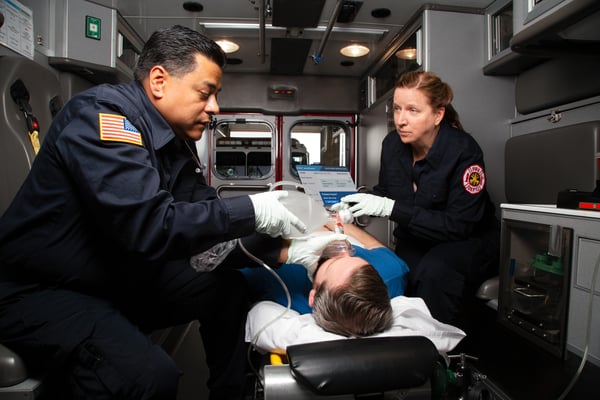The End of Delayed Documentation
How to Improve the Patient Journey from Dispatch through Discharge: October Roundup
During the month of October, we posted an array of content on the ZOLL Pulse Blog addressing the patient journey from dispatch to patient care to reporting to billing
Was this information valuable?
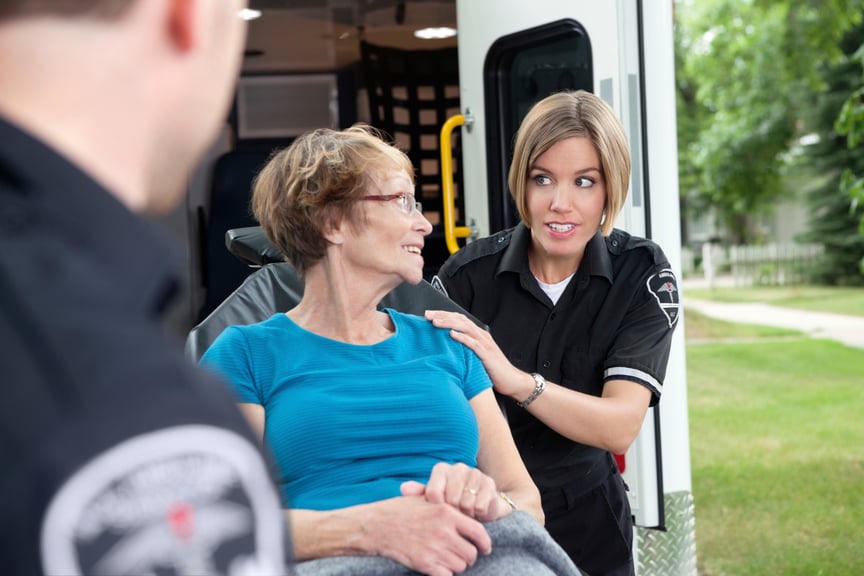
During the month of October, we posted an array of content on the ZOLL Pulse Blog addressing the patient journey from dispatch to patient care to reporting to billing. Check out what you may have missed:
Taking a Deeper Look at the Guidelines for CPR
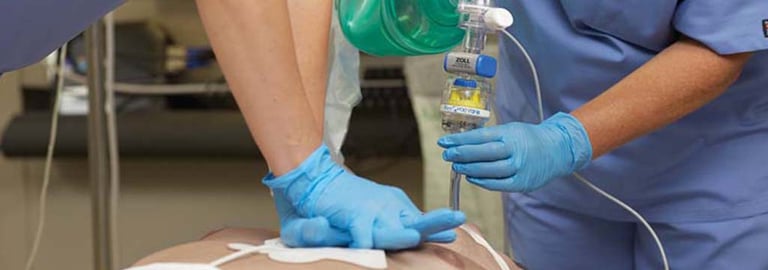 Not so long ago, professional rescuers were taught the same things as civilians when it comes to CPR — push hard, push fast. That was all you needed to ensure you were doing good chest compressions. The new American Heart Association (AHA) Guidelines have raised the bar. Now, there is greater specificity on the rate and depth of compressions; and we need to meet these targets if we want more patients to survive and ultimately be discharged from the hospital. Here's a look at the AHA's key recommendations for CPR from 2015. Read the Blog Post
Not so long ago, professional rescuers were taught the same things as civilians when it comes to CPR — push hard, push fast. That was all you needed to ensure you were doing good chest compressions. The new American Heart Association (AHA) Guidelines have raised the bar. Now, there is greater specificity on the rate and depth of compressions; and we need to meet these targets if we want more patients to survive and ultimately be discharged from the hospital. Here's a look at the AHA's key recommendations for CPR from 2015. Read the Blog Post
7 Essential Elements for a High-Quality Patient Care Report
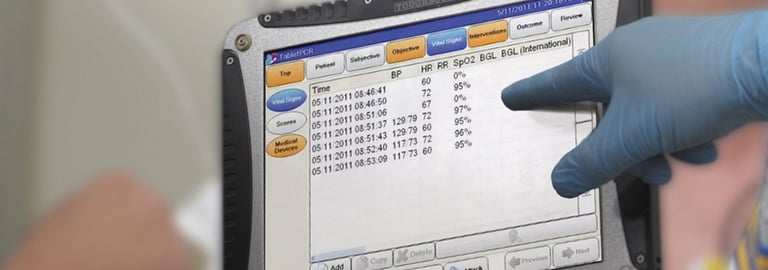 More so today than in the past, the need for healthcare professionals to write and maintain accurate, high-quality and detailed documentation has been a focus for institutions and providers across the healthcare spectrum including EMS services. As healthcare professionals (yes, we are indeed healthcare professionals), we have a responsibility to ensure that our documentation of our interaction with a patient is documented appropriately. Electronic patient care reporting systems such as RescueNet TabletPCR have given EMS professionals another tool to help them with their documentation. Although there are some distinct benefits to using an electronic patient care reporting system, we must keep in mind that this is just one tool in our toolbox. Read the Blog Post
More so today than in the past, the need for healthcare professionals to write and maintain accurate, high-quality and detailed documentation has been a focus for institutions and providers across the healthcare spectrum including EMS services. As healthcare professionals (yes, we are indeed healthcare professionals), we have a responsibility to ensure that our documentation of our interaction with a patient is documented appropriately. Electronic patient care reporting systems such as RescueNet TabletPCR have given EMS professionals another tool to help them with their documentation. Although there are some distinct benefits to using an electronic patient care reporting system, we must keep in mind that this is just one tool in our toolbox. Read the Blog Post
How Can Technology Guarantee Patient Care Comes First?
 Being a large private EMS company doesn’t come easy these days. The days are long for clinicians, the incidents are becoming more stressful and the paperwork process can be monotonous. As a growing company (Commonwealth Health EMS), we have come to realize that there has to be an easier way to be efficient. Being efficient in this field is a tough sell to employees and patients. There are times when we have to take extra steps to ensure that we are doing the right thing in all aspects. Patient care always comes first, but you always have to keep the business aspect in the back of your mind. Read the Blog Post
Being a large private EMS company doesn’t come easy these days. The days are long for clinicians, the incidents are becoming more stressful and the paperwork process can be monotonous. As a growing company (Commonwealth Health EMS), we have come to realize that there has to be an easier way to be efficient. Being efficient in this field is a tough sell to employees and patients. There are times when we have to take extra steps to ensure that we are doing the right thing in all aspects. Patient care always comes first, but you always have to keep the business aspect in the back of your mind. Read the Blog Post
The Time to Become Step 1 in Your Community’s Continuum of Care is Now
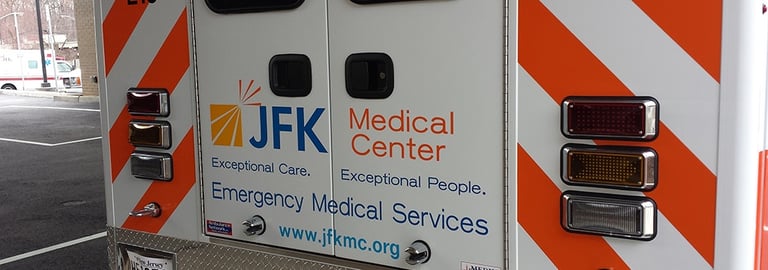 Too often in our pursuit of a “smart system” on which to base our EMS decisions, we find ourselves bound and limited by the very technology we implement to overcome process obstacles. Although we put a system in place that effectively solves one problem, we sometimes learn days or weeks later that we simultaneously made another process harder, or added extra steps to an otherwise simple interface. For these reasons, it has been extremely important to us at JFK EMS that our ePCR program is not only adaptable and customizable, but also able to keep up with the pace of innovation and change we maintain as a progressive EMS system. I can think of no more obvious example of this when it comes to RescueNet ePCR than in the case of our sepsis protocol. Read the Blog Post
Too often in our pursuit of a “smart system” on which to base our EMS decisions, we find ourselves bound and limited by the very technology we implement to overcome process obstacles. Although we put a system in place that effectively solves one problem, we sometimes learn days or weeks later that we simultaneously made another process harder, or added extra steps to an otherwise simple interface. For these reasons, it has been extremely important to us at JFK EMS that our ePCR program is not only adaptable and customizable, but also able to keep up with the pace of innovation and change we maintain as a progressive EMS system. I can think of no more obvious example of this when it comes to RescueNet ePCR than in the case of our sepsis protocol. Read the Blog Post
What are the Benefits for EMS of an Integrated Technology Platform?
 From grade school to expensive motivational speakers, we are constantly reminded that there is no “I” in team. The EMS industry, like others, constantly pushes a team approach to problem solving and increased clinical, professional outcomes, but is there something that gets lost in translation? I firmly say “yes.” How does it all fit together? We have crews performing exceptionally in patient care, but how do their actions ultimately translate into recognizable, positive performance? The simple, and game-changing answer is, integration. In order to quantify your system’s performance, you must make data-driven decisions to ensure that your processes are efficient and everyone is speaking the same language. Find out how. Read the Blog Post
From grade school to expensive motivational speakers, we are constantly reminded that there is no “I” in team. The EMS industry, like others, constantly pushes a team approach to problem solving and increased clinical, professional outcomes, but is there something that gets lost in translation? I firmly say “yes.” How does it all fit together? We have crews performing exceptionally in patient care, but how do their actions ultimately translate into recognizable, positive performance? The simple, and game-changing answer is, integration. In order to quantify your system’s performance, you must make data-driven decisions to ensure that your processes are efficient and everyone is speaking the same language. Find out how. Read the Blog Post
How Road Safety Enhances the Patient Experience & Why it Matters
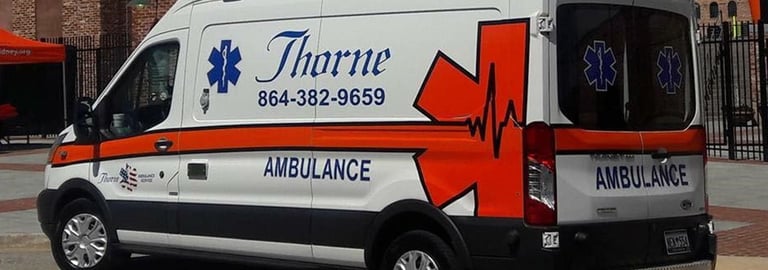
In October of 2016, I had the misfortune of riding in an ambulance, not as a paramedic, but as a patient. As unfortunate as the events were, it provided me with an entirely new perspective of EMS – from the patient’s point of view. Through this experience, I have concluded that there are two ways to make an ambulance ride comfortable for the patient. Read the Blog Post
EMS Integration: A Straw Man for the EMS Agenda
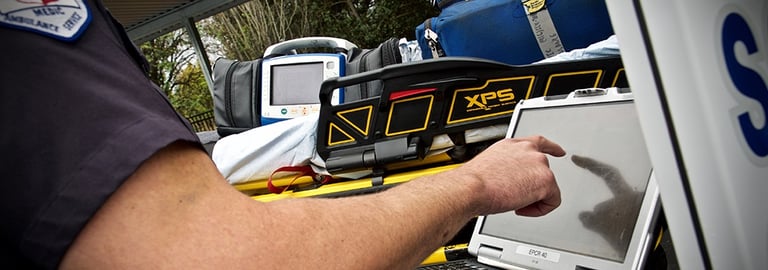
In September, the EMS Agenda 2050 Team released a Straw Man Document to provide insight and generate discussion that will lead up to a formal EMS Agenda 2050 document in 2018. This month’s blog focus was to discuss the value and benefit of product integration. Integration being defined as how software, devices and communication tools create an opportunity for an improved provider and patient experience and empower Systems of Care. After reading the Straw Man Document, it became clear that through this one blog piece, we have an opportunity to provide an executive summary and use its content to drive home the vision and importance of integration. Read the Blog Post
Related Posts
News Alert: New ePCR Integration Simplifies EMS Data Management and Enables Better Care Coordination
4 Must-have Data Points for Dispatch-Billing Alignment and Maximum Reimbursement
ZOLL Pulse Blog
Subscribe to our blog and receive quality content that makes your job as an EMS & fire, hospital, or AR professional easier.
ZOLL Pulse Blog
Subscribe to our blog and receive quality content that makes your job as an EMS, fire, hospital, or AR professional easier.



